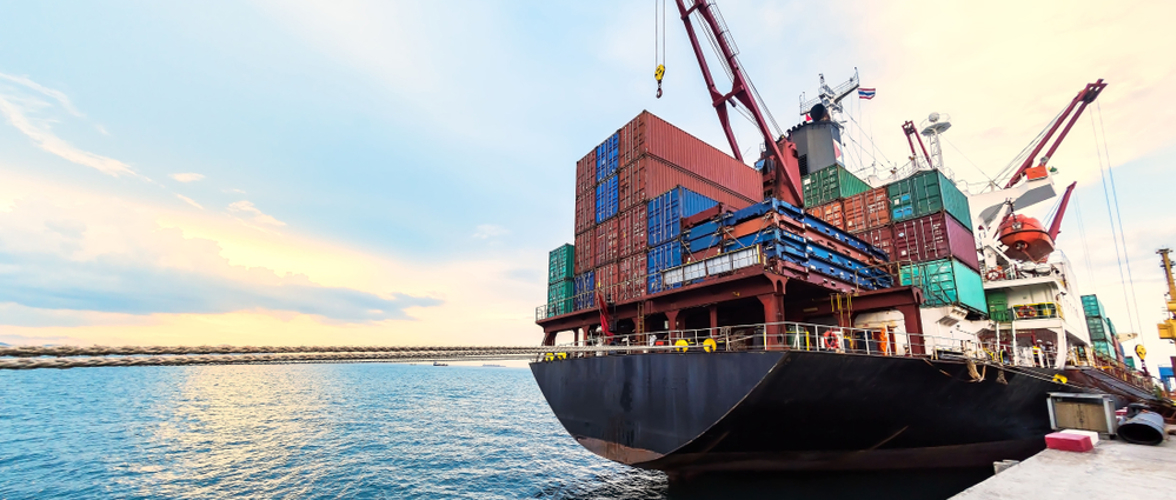The COVID-19 pandemic has disrupted supply chains and created challenging demand conditions, causing significant volatility in global commodity markets over the past three years. The Russia-Ukraine conflict has amplified this volatility and made global energy markets even more unstable. As a result, energy prices are expected to rise. These increases are set to have mixed effects on Australian businesses across the energy supply chain.
Global landscape
Russia is a major producer and exporter of energy commodities. The country is the world’s fourth largest producer of LNG and supplies an estimated 40% of European gas. Approximately 8% of the United States’ and 12% of the United Kingdom’s oil imports come from Russia. Globally, Russia accounts for approximately:
- 12% of oil production
- 17% of natural gas production
- 18% of thermal coal exports
- 9% of metallurgical coal exports
On 8 March 2022, in response to the Russia-Ukraine conflict, the United States and the United Kingdom announced plans to phase out imports of oil, gas and coal from Russia. This move prompted Russia to restrict exports of a range of goods, including agricultural and medical equipment. These restrictions have further added to the pressure on oil and gas prices, which were already near all-time highs due to the COVID-19 pandemic.

LNG prices to rise, boosting the value of Australian LNG exports
While trade between Russia and Australia is minimal, supply disruptions, sanctions and restrictions on Russian exports are expected to drive up global energy prices in the current year. Australia exported approximately 80.1 million tonnes of LNG in 2021, accounting for 21.9% of global LNG trade. This makes Australia one of the world’s largest LNG exporters.
The export price of LNG is forecast to rise by 93.8% in 2021-22, significantly boosting revenue for operators in the Oil and Gas Extraction industry. While major players, such as Woodside Petroleum and Santos Ltd, typically supply most of their gas production under long-term contracts, both companies are set to benefit from rising prices for LNG sold in the spot market. For example, Woodside has indicated that approximately 20-25% of LNG production volumes will be sold into the spot market in 2022.

Downstream impacts
Oil prices have increased by more than 40% over the first three months of 2022. Rising oil prices have increased input costs for the retail fuel market, with Australian retail petrol prices expected to rise by 32.5% in 2021-22. Higher oil prices are anticipated to boost profit margins for upstream businesses in the Oil and Gas Extraction industry. However, rising purchase costs are expected to weigh on profit margins for downstream businesses in the Petroleum Refining and Petroleum Fuel Manufacturing and Fuel Retailing industries. However, these effects may be delayed as purchased oil can take several months to arrive. Australia’s two major refineries, Viva Energy Group Limited and Ampol Limited have also announced that they will no longer purchase crude oil from Russia due to the Russia-Ukraine conflict, which will likely further increase purchase costs.
Outlook: global demand for LNG set to grow
Commodity price volatility is anticipated to remain high over the coming year, with uncertainty in global markets likely to continue for the duration of the Russia-Ukraine conflict. Demand for Australia’s LNG exports is forecast to rise as buyers of Russian gas look for alternative supply sources.
Rising global trade in LNG is also anticipated to support growth in Australian exports over the next decade. Demand for LNG from markets within Asia is forecast to continue rising, thanks to established markets, such as China, and emerging markets, such as India, Indonesia and Bangladesh. However, the United States is forecast to become the world’s largest LNG exporter by 2027, increasing competition with Australian exporters.
The ongoing conflict between Russia and Ukraine will likely constrain demand for Russian LNG exports over the next five years, contradicting earlier forecasts. European gas buyers are projected to diversify gas supply sources, which may support demand for Australian and US LNG exports. This shift is also set to increase competition for LNG cargoes with Asian buyers, potentially increasing prices. However, for Europe to replace Russian gas with LNG imports, global LNG trade volumes would need to increase by more than 30%. As LNG production facilities take several years to develop, global LNG production capacity is currently insufficient to completely replace Russian gas. As a result, Europe’s reliance on Russian gas is anticipated to continue over the medium term. National energy policies are likely to place greater emphasis on energy security over the next five years due to the economic uncertainty and supply disruptions caused by the Russia-Ukraine conflict, continuing trends that have emerged through the transition to renewable energy sources.
IBISWorld Reports used to develop this release:





